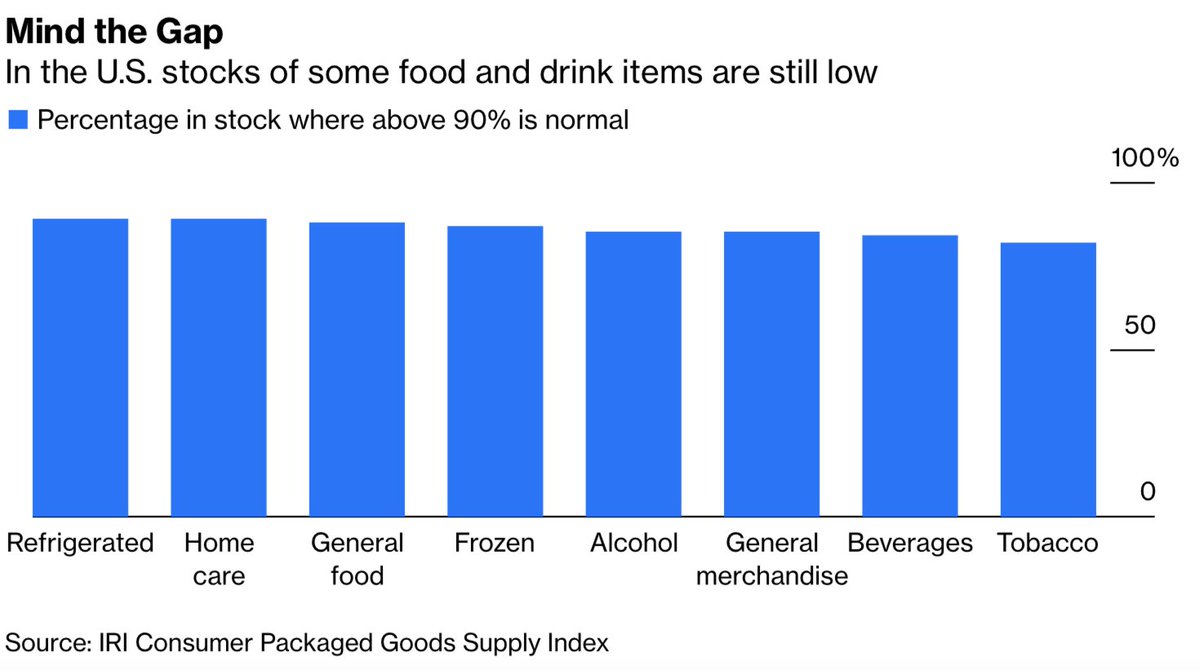
If you have attended a conference or public event recently, you may have noticed: The wealthier attendees are not usually wearing masks, but the poorer servers and staff almost always are trib.al/GwLdlrA
Even if the attendees are wearing masks at the beginning, the masks come off once they start wining and dining — and they usually don’t go back on.
Isn’t this a sign that mask-wearing is no longer so essential? trib.al/GwLdlrA
Isn’t this a sign that mask-wearing is no longer so essential? trib.al/GwLdlrA

It sends a mixed message: If you want to be comfortable eating and drinking with your peers, it’s OK to take off your mask.
But it’s not OK if you want to be comfortable:
🍲Serving food
🍽️Carrying heavy trays
🍰Describing the dessert menu
trib.al/GwLdlrA
But it’s not OK if you want to be comfortable:
🍲Serving food
🍽️Carrying heavy trays
🍰Describing the dessert menu
trib.al/GwLdlrA

You can’t eat or drink with a mask on — but that difference is unfair.
The unfairness is heightened by the reality that in the U.S., most people who attend conferences or events tend to be White, wealthy and well-educated trib.al/GwLdlrA
The unfairness is heightened by the reality that in the U.S., most people who attend conferences or events tend to be White, wealthy and well-educated trib.al/GwLdlrA

The servers are often people of color and typically earn lower incomes.
They are also hard workers. Are we really distributing the burden properly here? trib.al/GwLdlrA
They are also hard workers. Are we really distributing the burden properly here? trib.al/GwLdlrA

There are practical reasons servers are required to wear masks: they might be vaccinated at lower rates than the attendees.
But if those same employees are eating together in the back room, their masks are off and everyone is fine with that trib.al/GwLdlrA
But if those same employees are eating together in the back room, their masks are off and everyone is fine with that trib.al/GwLdlrA

Public health intellectuals and pundits could argue that the elite guests should be required to wear their masks before and after the food and drinks are served, or even between bites.
But at this point, such a recommendation would be ignored trib.al/GwLdlrA
But at this point, such a recommendation would be ignored trib.al/GwLdlrA

The current practice of shaming less well educated people who have less efficacious vaccines and mask habits may backfire. They might stop listening to elites altogether.
Then American society will be even more divided than it already is trib.al/GwLdlrA
Then American society will be even more divided than it already is trib.al/GwLdlrA

Like what you're reading?
Get all of @tylercowen's columns sent straight to your inbox with these three simple steps:
1⃣ Click on an article that's written by Tyler
2⃣ Tap the + Follow button next to his name
3⃣ Type in your email address and sign up!
Get all of @tylercowen's columns sent straight to your inbox with these three simple steps:
1⃣ Click on an article that's written by Tyler
2⃣ Tap the + Follow button next to his name
3⃣ Type in your email address and sign up!
• • •
Missing some Tweet in this thread? You can try to
force a refresh















